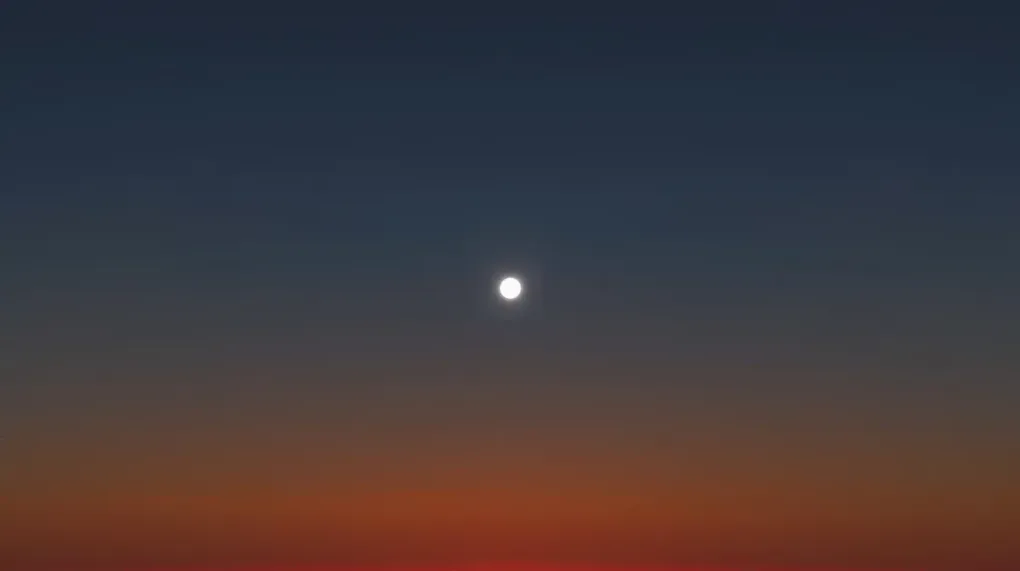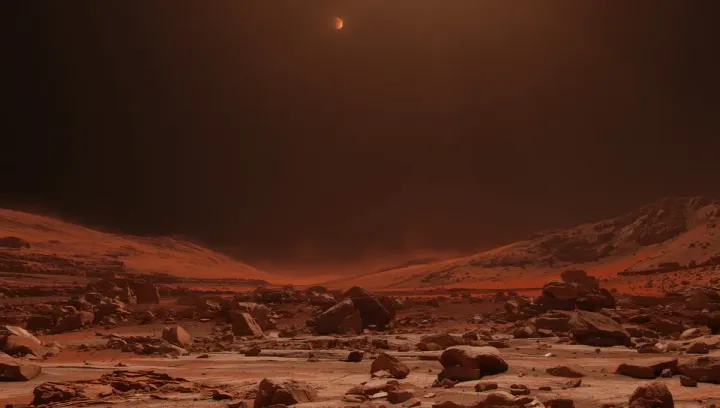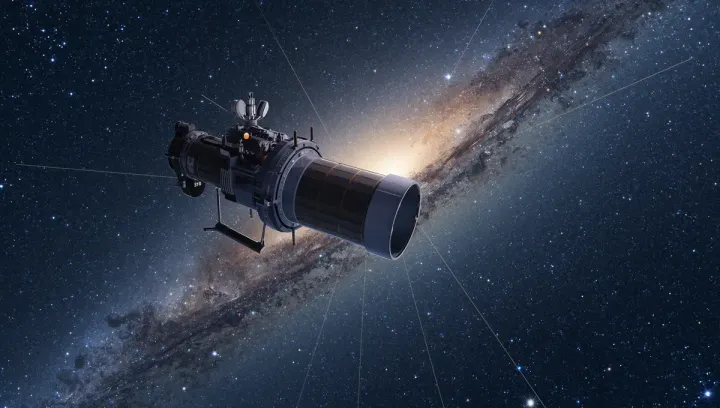
Venus Shines Brightest: Understanding the Dazzling Display of the Evening Star
The Unmistakable Beacon of Twilight
If you’ve glanced at the sky shortly after sunset recently, you’ve likely seen it: a single, brilliant point of light that outshines every star. This is the planet Venus, and this month it is putting on a particularly spectacular show, reaching its greatest brightness. Often referred to as the “Evening Star” or “Morning Star,” Venus has captivated human imagination for millennia, but the science behind its dazzling appearance is just as fascinating as its mythology.
Why is Venus So Bright?
Venus’s brilliance in our sky is due to a combination of two key factors. First, it is our closest planetary neighbor. While Mars often gets more attention, Venus can come closer to Earth than any other planet. At its nearest, it can be just under 40 million kilometers away.
Second, and more importantly, Venus is shrouded in a thick, highly reflective atmosphere. The planet is covered in clouds of sulfuric acid—not exactly a hospitable place!—that act like a giant mirror. These clouds reflect about 70% of the sunlight that hits them, a property known as albedo. For comparison, the Moon only reflects about 12% of sunlight. This incredibly high albedo means that a huge amount of light is bounced back into space, and a portion of that light reaches our eyes here on Earth, making Venus appear exceptionally bright.
The Phases of Venus
Just like our Moon, Venus goes through phases. When Galileo first observed these phases through his telescope in the 17th century, it was a revolutionary discovery. It provided strong evidence that Venus orbited the Sun, not the Earth, which was a major blow to the geocentric model of the universe.
Interestingly, Venus is not at its brightest when it is “full.” At that phase, it is on the opposite side of the Sun from us and is at its most distant. It appears brightest to us when it is in a crescent phase, but much closer to Earth. This month, we are experiencing that perfect balance: Venus is close enough and its crescent is large enough to provide the maximum amount of reflected light from our point of view.
A Beacon Through History
Its prominent and predictable appearances have made Venus a cornerstone of cultures throughout history. The Maya, for example, had an incredibly detailed calendar based on the cycles of Venus, which they associated with their god Kukulcan. For the ancient Greeks and Romans, it was associated with their goddesses of love and beauty, Aphrodite and Venus.
So, the next time you see that brilliant beacon in the evening or morning sky, take a moment to appreciate it. You’re not just looking at a bright light; you’re looking at our nearest planetary neighbor, a world wrapped in reflective clouds, whose predictable dance through our sky helped humanity understand its true place in the cosmos.


